matrosov
TPF Noob!
- Joined
- Jan 18, 2017
- Messages
- 72
- Reaction score
- 13
- Location
- USA, PA
- Can others edit my Photos
- Photos OK to edit
Ok, one of the kids wants to do a science fair project and build a cell phone microscope. To make it scientific she wants to take images thru a stationary microscope and images with a cellphone microscope and compare image quality. So Here are the questions
1) I found this attachment that should in theory enable me to hook my nikon D7100 to microscope. Do you guys have any experience with it? Canon SLR/DSLR Camera Adapter for Microscopes. Or is there any other method that I can take a photo thru a microscope. I am a little bit reluctant of taking a lens off and just putting a bare image sensor of an $800 piece of kit closer to the eyepiece of the microscope.
2) For cell phone microscope we are planning on building this rig
$10 Smartphone to Digital Microscope Conversion!
So the two question now:
1) How does one objectively test magnification power of the rig? with microscope it's easy since it's a given plus I guess I have 2x on the adapter so if the stated magnification of the microscope is 350 and the adapter is 2x then my magnification is 700 is that assumption correct? But what about the cellphone rig I have digital zoom on the phone plus I am not quite sure of the magnification of the phone lens vs the lenses used in the rig.
2) How do I objectively test for image quality taken with a DSLR camera vs a cellphone rig and possibly break down the difference due to components i.e. optics vs sensor etc.
As always thanks a lot for your help.
1) I found this attachment that should in theory enable me to hook my nikon D7100 to microscope. Do you guys have any experience with it? Canon SLR/DSLR Camera Adapter for Microscopes. Or is there any other method that I can take a photo thru a microscope. I am a little bit reluctant of taking a lens off and just putting a bare image sensor of an $800 piece of kit closer to the eyepiece of the microscope.
2) For cell phone microscope we are planning on building this rig
$10 Smartphone to Digital Microscope Conversion!
So the two question now:
1) How does one objectively test magnification power of the rig? with microscope it's easy since it's a given plus I guess I have 2x on the adapter so if the stated magnification of the microscope is 350 and the adapter is 2x then my magnification is 700 is that assumption correct? But what about the cellphone rig I have digital zoom on the phone plus I am not quite sure of the magnification of the phone lens vs the lenses used in the rig.
2) How do I objectively test for image quality taken with a DSLR camera vs a cellphone rig and possibly break down the difference due to components i.e. optics vs sensor etc.
As always thanks a lot for your help.



![[No title]](/data/xfmg/thumbnail/32/32157-d34c504b7ccf1335e959a8a2be6cfacc.jpg?1619735234)


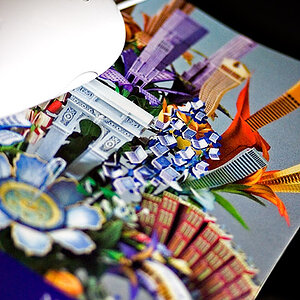
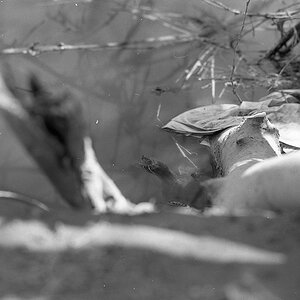

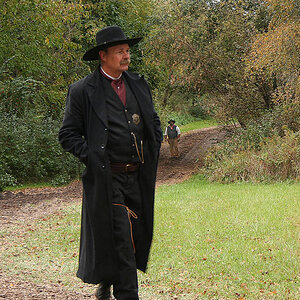
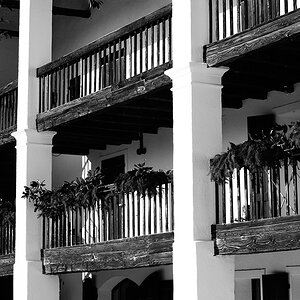
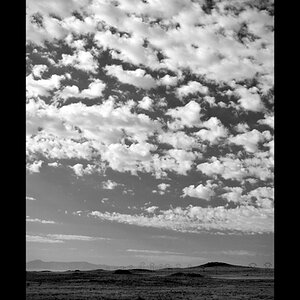
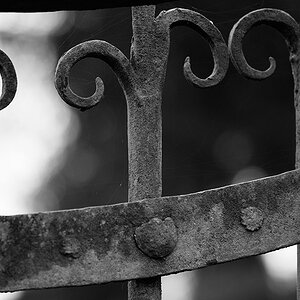
![[No title]](/data/xfmg/thumbnail/42/42034-6262420ff3ea238f05395bbcc7ae1f28.jpg?1619739985)